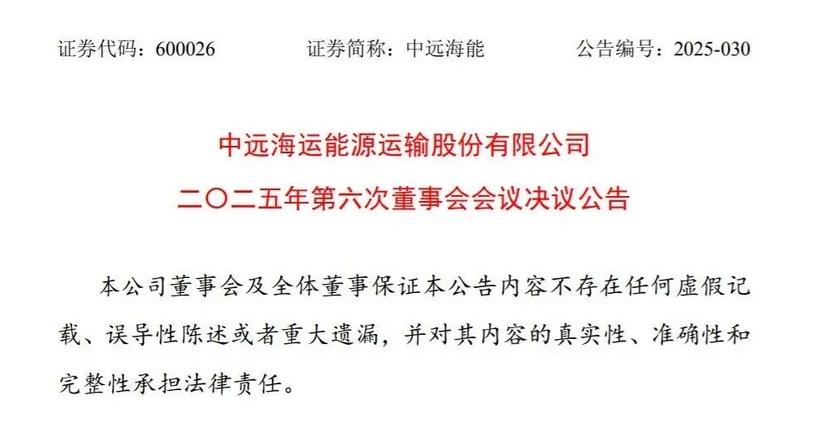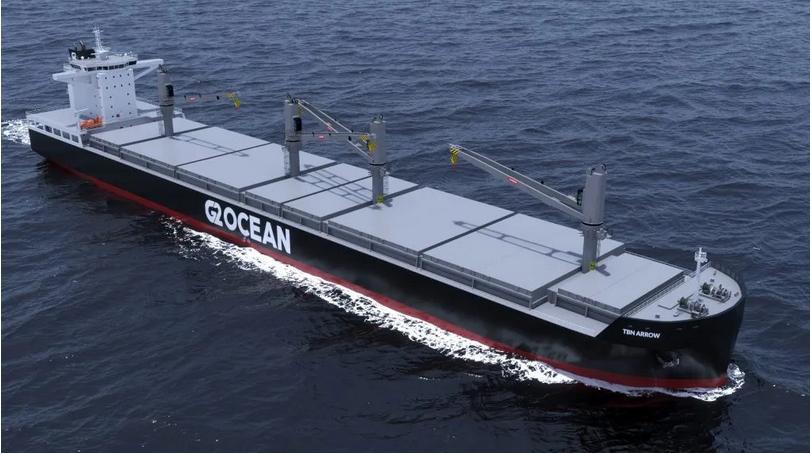《装卸时间与滞期费》第6版
CHAPTER 3 第3章
Commencement of laytime
装卸时间的起算
At the immediate and effective disposition of the charterer
在承租人能够立即马上和有效地处置支配之下
3.66 As already indicated, to be an Arrived ship a vessel must not only be within the limits of the nominated port but must be in a part of the port where she is at the immediate and effective disposition of the charterer. Just which part of the port comes within this description has been the subject of some judicial controversy from time to time as developments in the law have taken place.
3.66正如上面已经指出的那样,作为一艘抵达船,她不仅要抵达指定的港口范围之内,而且在该港的这部分区域内承租人还要能够立即马上和有效地支配她。正是对于港口的这部分区域的描述,随着法律的不断发展,司法界的争议也时有发生。
3.67 The law has changed because shipping itself has changed, as sail gave way to steam, as ports developed and as communication became easier with the introduction of, first, telephones and, later, radio. Each of these developments has had an effect on when a ship can be considered ‘‘at the immediate and effective disposition of the charterer’’. It should also be remembered that, during the early part of the nineteenth century, customary rather than fixed laytime was the rule, and whereas under the latter, the risk of delay after the vessel concerned becomes an Arrived ship is for the charterer’s account unless specifically excluded, under the former most of the usual delays encountered, e.g. congestion, are borne by the shipowner. In a customary laytime charter, therefore, the question of when the specified destination is reached is much less important.
3.67因为航运界本身的改变,法律也随之改变,比如轮船取代了帆船,港口的发展,以及电话和无线电的先后发明使通讯变得更加容易。这些方方面面的进步都影响着船舶何时被认为是处于‘承租人能够立即马上而有效地支配的’状态。值得一提的是,在19世纪的早期,按习惯装卸时间相比较固定装卸时间更加普遍。然而,根据后者,除非有特别除外的规定,否则,在有关船舶成为抵达船之后的延迟风险就由承租人来承担了;根据前者,大部分常见的延迟,比如港口拥挤,都由船东承担。所以,按习惯装卸时间的合同,船舶何时算作是抵达了指定的目的地这个问题就并不十分重要。
3.68 In the nineteenth century, particularly the first half thereof, custom played a much more important role in deciding cases than it does today. Many of the early cases were decided on the basis of custom. Thus, in Brereton v. Chapman it was proved that it was the custom of the port of Wells, then a large port, that a vessel was not an Arrived ship until she reached the quay. In the absence of any such custom, the specified destination was reached when the vessel arrived at a usual place of loading or discharging within the port for that particular trade. Dependent upon the practice of the particular trade this could be at a berth, in a dock or by lighters whilst the vessel was anchored off the berth. However, proof had to be adduced that loading or discharging at that place and in that way was the usual practice. In Randall v. Lynch the description of the carrying voyage was as to the ending of it ‘‘to proceed direct to the said port of London, and upon arrival there, that is to say at the London Docks, to make discharge and faithful delivery of the said homeward cargo, &c, and there end and complete both out and homeward voyages’’. The ship arrived in the London Docks but was delayed in discharging by the crowded state of the docks. On the question of when laytime commenced, Lord Ellenborough said ‘‘when she was brought into the docks, all had been done which depended on the plaintiff’’, the shipowner.
3.68在19世纪,尤其是前半叶,在判案过程中,惯例较今天起着十分重要的作用。早期的许多案例都是根据有关的惯例进行判决的。所以,在Brereton v. Chapman案中,根据英国Wells港的惯例证实:作为一个较大的港口,船舶只有抵达其码头才算抵达船。如果没有这种惯例,那么当船舶抵达了港内通常装卸此类贸易货物的位置时就算抵达了规定的目的地。而根据具体贸易的习惯,这个位置可能是一个泊位、一个码头或者是泊位之外过驳的锚地。尽管如此,仍然还是要通过举证来证明在该地进行装卸货作业以及用该种方式进行作业是属于通常的作法。在Randall v. Lynch案中,描述载运航程结束点是,要求船舶‘直接驶往所说的伦敦港,到了那儿,也就是说到了伦敦港码头,即可在那卸掉和如实地交付返航的货物,并在那里结束和完成出口和进口的航程’。该轮抵达伦敦港码头后由于码头拥挤,造成卸货延迟。在装卸时间应从何时起算这个问题上,Ellenborough勋爵认为:‘当船舶驶抵码头时,对于原告 (船东)算是已经尽了最大的努力’。
3.69 In Kell v. Anderson, the Court of Exchequer held that in the case of a sailing ship chartered to carry coals to the Port of London where the usual discharging place for coals was in the Pool of London, laytime did not start to run when, on the orders of the harbour master, owing to congestion in the Pool she moored off Gravesend to wait her turn until room became available for her in the Pool for her to discharge her cargo. Gravesend was within the legal limits of the Port of London and was the usual place for colliers to wait their turn if the Pool was congested, but it was some 22 miles downriver from the Pool. Commenting on this case in The Johanna Oldendorff, Lord Diplock said:
A sailing ship’s journey upriver from Gravesend would be dependent upon favourable wind and weather. There was no knowing how long it would take her to reach the Pool after she had notice that there was room to discharge her cargo there. So she was not, while at her moorings, at the disposal of the charterer for discharging her cargo.
3.69在Kell v. Anderson案中,财税法庭(后并入高等法院)判定:该案是往伦敦港运煤的帆船租船合同,而且通常的卸货地是伦敦Pool港池,由于Pool港池拥挤,港务局长指示她前往Gravesend系泊等候机会直到在Pool港池为其卸货的泊位空出,所以装卸时间当时还不能起算。Gravesend属于伦敦港的法定界限范围内,而且如果在Pool港池拥挤时,它也是运煤船通常的等泊地点,但它在Pool港池的下游大约22海里处。在The Johanna Oldendorff案中,Diplock勋爵对该案评述说:
帆船从Gravesend往上游的航程需要适宜的天气和风向。但谁也说不清,当她接到Pool港池有空闲可卸货泊位的通知后,从Gravesend抵达Pool需要花费多长时间。因此,当她(在Gravesend)系泊时,她还不能说是在为其卸货进行安排的承租人支配之下。
3.70 This case may be contrasted with Brown v. Johnson, decided in the same year as Kell v. Anderson. In this case, a sailing ship was chartered to proceed to a port in the United Kingdom and Hull was subsequently nominated. Fifteen days laytime were allowed for discharging in the charter. The ship arrived within the port limits on 1 February, in dock on 2 February but did not get into a place of unloading in the dock until 4 February because of congestion. On these facts, Alderson B ruled in the Court of Exchequer that laytime commenced on the day she arrived in dock and not when she arrived in berth in the dock. In a later case, Brett LJ commented that: ‘‘It must have been assumed or proved that the usual place of unloading all ships in the port of Hull was in a dock’’.
3.70可以将上述案例与Brown v. Johnson—案加以对比。该案是与Kell v. Anderson案同一年判决的。在该案中,一艘帆船被出租前往英国的一个港口,后来被指定是Hull港。合同规定的允许卸货时间是15天。该轮于2月1日抵达该港区域之内,2月2日进码头港池内,但由于拥挤,直到2月4日她才靠上卸货泊位。依据这些事实,在财税法庭,Alderson法官(B是指Baron judge,财税法庭法官)裁定:装卸时间应从该轮驶入码头港池当日起算,而不是该轮靠上卸货泊位时起算。在后来的一个案子中,Brett大法官评述道:‘必须这样假定或证明,在Hull港,所有船舶通常的(等泊)卸货地点是在码头港池之内’。

《装卸时间与滞期费》购买链接(点击可购买)
海运圈聚焦专栏作者 魏长庚船长(微信号CaptWei)

 2018-12-26
2018-12-26 790
790 












